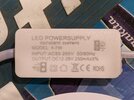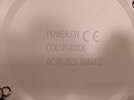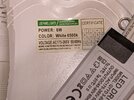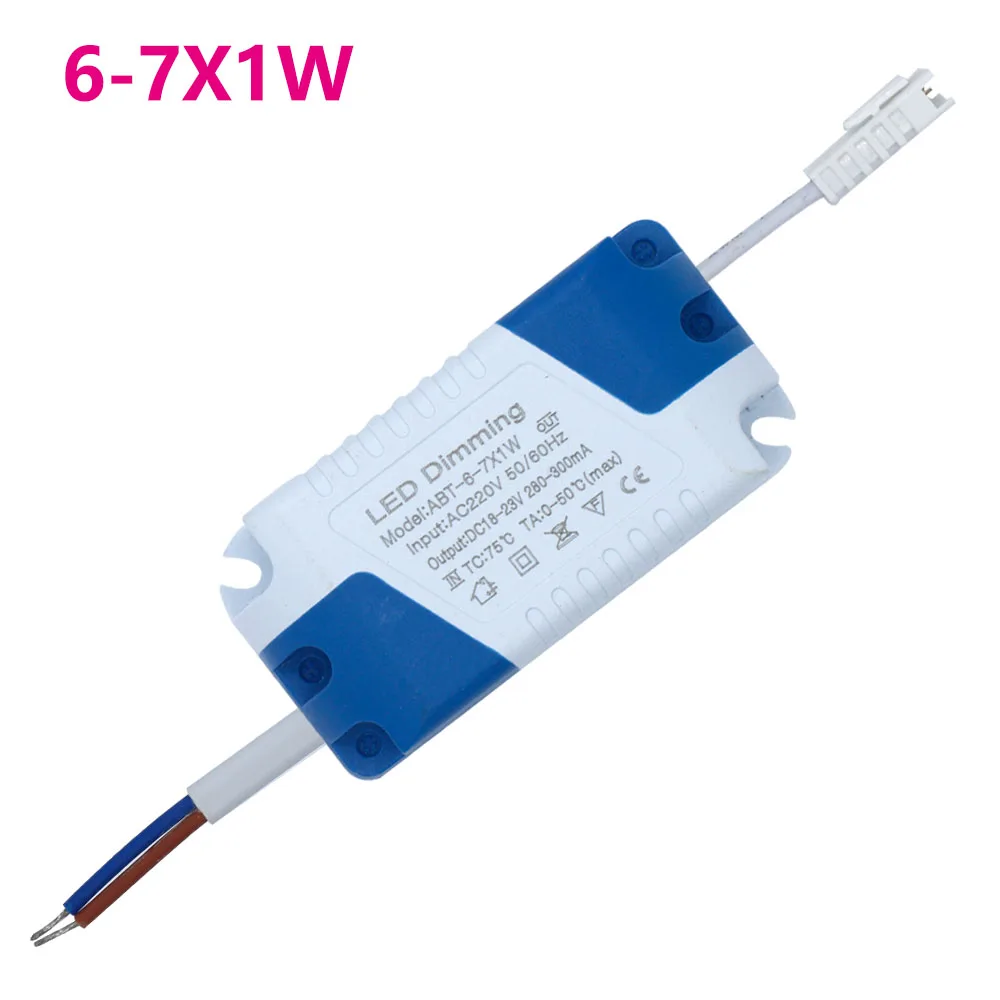As has been suggested the internals of LED lamps vary, a LED is a current dependent device, and it needs some thing to limit to current to a safe level, this could be a simple resistor, capacitor or a complex switch mode power supply, the latter will often allow a huge voltage range, one outside light I fitted was 95 to 250 volt, some of the switch mode power supplies are designed to read the supply, and it uses the clipped wave form to tell it output required, but in the main they correct any average voltage so will not dim, the same devices often remove flicker etc.
So in the main we need to dim or colour correct lamps by telling the drivers inside the lamp what to do, in the main using wifi and internet connection with the so called smart bulbs. This however gets expensive when you have a lot of units.
Also the colour temperature is often adjusted by having two LEDs one at one end and one at other end of range, and changing the power to each to get temperature required. Within the defuser of the bulb this seems to work, but with lighting strip one can often see the two LEDs so does not look that good.
In the main dimming was done to give ambience, and so as one dims the light one wants it to reduce in colour temperature as well, this is not possible with a dimmer switch.
In warmer countries where use of cold lighting made sense, they moved first to CFL and used a 1/3 and 2/3 split to give 3 levels of lighting, since in the UK the heat from a tungsten bulb was not wasted, but allowed use to heat the rooms with infrared light which is nearly instant, allowing us to save energy by only heating air in the room to 18ºC and using infrared so it feels like 20ºC only when room is in use, we moved to cold lighting latter then many other countries. As in winter tungsten is saving more energy than LED, although since electric is more expensive to gas or oil, not money.
I have used the idea in my own house, with a 5 lamp chandelier, the centre lamps and outer lamps independently switched. But also had problems finding bulbs for wife's bedroom, where the local sourced bulbs would not switch off and had a shimmer when on, so had to get some from ebay type sellers, and the bulbs used would have been illegal to sell in UK as not marked with watts or lumen.
I am not really worried about lack of markings, but there can be other problems with non local sourced bulbs which can make them dangerous. One is taking a chance, and you have to accept that, and I have a draw full of new bulbs where after buying found they did not suit, new bulbs so loathed to dump them, but likely I will need to.
The smart route is also not as good as it first looks, although all I have seem to work with google home app, and so with voice commands, to program them in I have 4 apps one for each make of bulb used, once set up they work well, but I have spent an hour just getting the bulb programmed in.
Lucky first ones worked seamlessly or they would have also been the last. I know the problem with dim and bright lights on the landing, what it bright most of the time but dim when using bathroom at night so as not to wake others, I used this
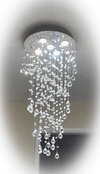
and only switch on centre bulb for bathroom visits, but lighting can make the home, and there's no magic formula, main living room we used cabinet lights to supplement main lighting.
On many of my bulbs it says Dimmable via the app or remote control, but shows the

sign for not being dimmable, but others show the sign for being dimmable. There seems to be no real standard, reading the EU rules it must state if not dimmable, but we are not in the EU, the sign
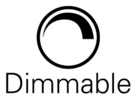
it seems does not need to say how it can be dimmed, so is also of little help. Back in the late 80's early 90's dimming switches were the in thing, but today seems they are a remnant of the past. Actually getting up to turn a light switch is too much effort, it's hey google turn living room lights to 60%.





